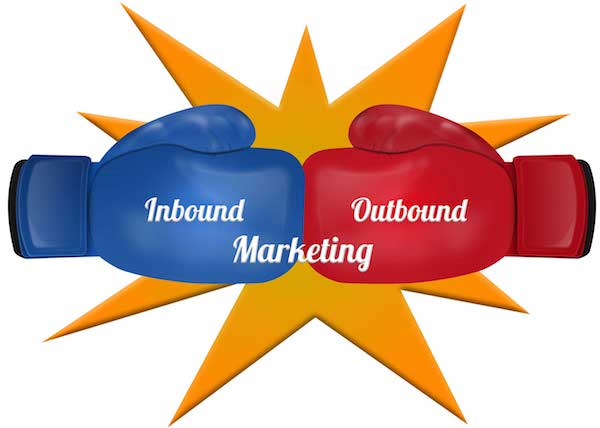
With the rise of the Internet in the 1990s and its more chatty offshoot, social media, a decade ago, it would be impossible to deny that the game of marketing has forever been changed. Traditional methods such as print, TV, radio and the telephone have relied on being seen, heard or answered. Measuring ROI is challenging. Without a coupon or code, it is difficult to gauge the impact a campaign is having either on sales or awareness.
Related Blog: Hit Your Target Market With a Buyer Persona
From the first digital display ad in 1994, to the first keyword ads in 1998, to Pay–Per–Click in 2002, and retargeting in 2007, advertising has become more interactive, more responsive to user behavior. With the rise of social media in the 2000s, it has become possible for businesses to offer content on platforms where instant and wide sharing is possible – and public opinion can be harnessed not just in the name of consumerism, but also to effect social change.
With the instantaneous, interconnected and highly interactive nature of the digital realm, businesses – and their marketing managers or agencies – have had to change their mindsets from outbound to inbound. But what, exactly, does that mean?
With outbound marketing, communication (via print advertising, direct mail, TV, radio, or cold calls) is one–way. Customers have to be found and motivated to take some sort of action. The materials have no value to the potential consumer. Plus the cost is prohibitive for many small businesses.
But with inbound marketing, the lines of communication run both ways. By offering interesting and entertaining content, potential customers will actually come to the business. And the content shared often has value to the consumer.
From the first digital display ad in 1994, to the first keyword ads in 1998, to Pay–Per–Click in 2002, and retargeting in 2007, advertising has become more interactive, more responsive to user behavior. With the rise of social media in the 2000s, it has become possible for businesses to offer content on platforms where instant and wide sharing is possible – and public opinion can be harnessed not just in the name of consumerism, but also to effect social change.
With the instantaneous, interconnected and highly interactive nature of the digital realm, businesses – and their marketing managers or agencies – have had to change their mindsets from outbound to inbound. But what, exactly, does that mean?
With outbound marketing, communication (via print advertising, direct mail, TV, radio, or cold calls) is one–way. Customers have to be found and motivated to take some sort of action. The materials have no value to the potential consumer. Plus the cost is prohibitive for many small businesses.
But with inbound marketing, the lines of communication run both ways. By offering interesting and entertaining content, potential customers will actually come to the business. And the content shared often has value to the consumer.
So why should a business be cautious about continuing to spend big bucks on outbound marketing?
• Too much direct mail goes directly into the recycling bin.
• The vast majority of TV viewers – numerous studies cite percentages between 80 and 90 – skip past the commercials as more content is digitally recorded or consumed through digital subscription sources.
• With satellite radio and audio streaming, listeners can hear only music they like and they don't have to suffer through ads.
• More than 200 million people have registered their phone numbers on the FTC's "Do Not Call" list.
• And how many people, really, still read the newspaper – on paper?
Simply going digital doesn't guarantee marketing success. Even when a business advertises online, it's far too easy for users to ignore the ads – and people are getting more and more frustrated with drop–downs and page takeovers, wreaking havoc on bounce rates. Far too many companies are still purchasing email lists rather than taking the time or care to encourage people to opt in.
Inbound marketing isn't the wave of the future – it's here right now. According to HubSpot's "2014 State of Inbound Marketing," the number of marketers who say they are practicing inbound is 85%. More than twice as many people cite inbound as their primary source of leads vs. outbound. And what guarantees inbound's continued rise in dominance is that it is exponentially cheaper than outbound in lead generation.
But who should you be targeting with your content? That has to do with your business's buyer persona and we're going to talk about that next week.
Learn more about inbound marketing and creating a buyer persona for your business during our March 27 workshop, "Attracting Your Ideal Customers through Inbound Marketing."
